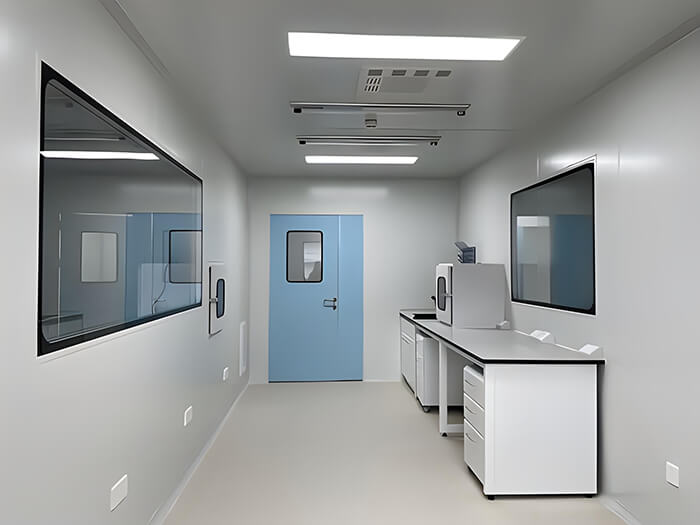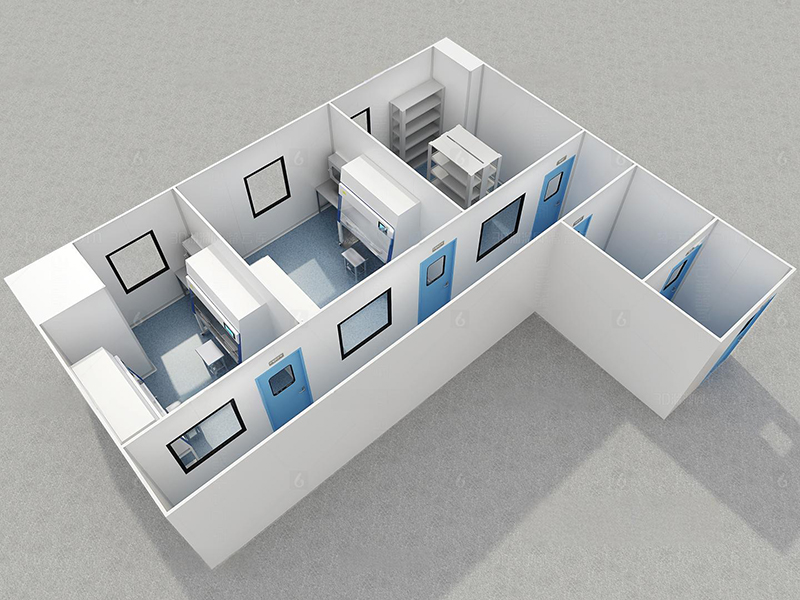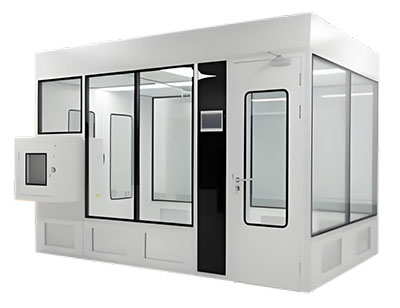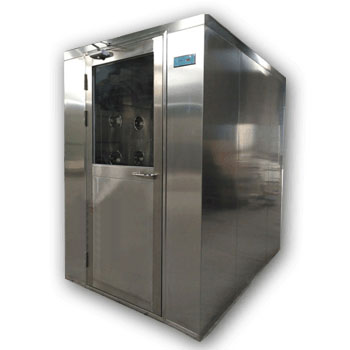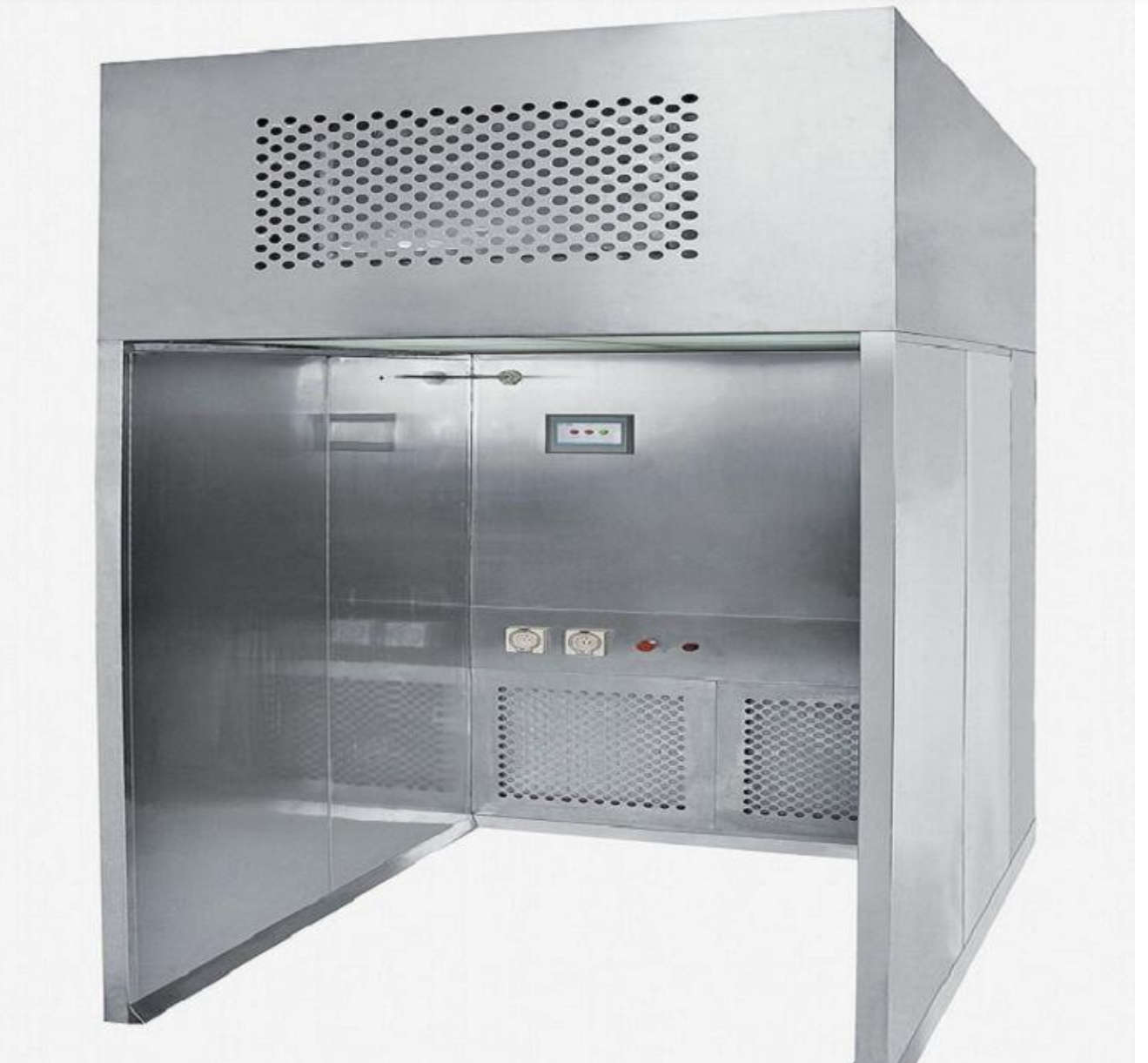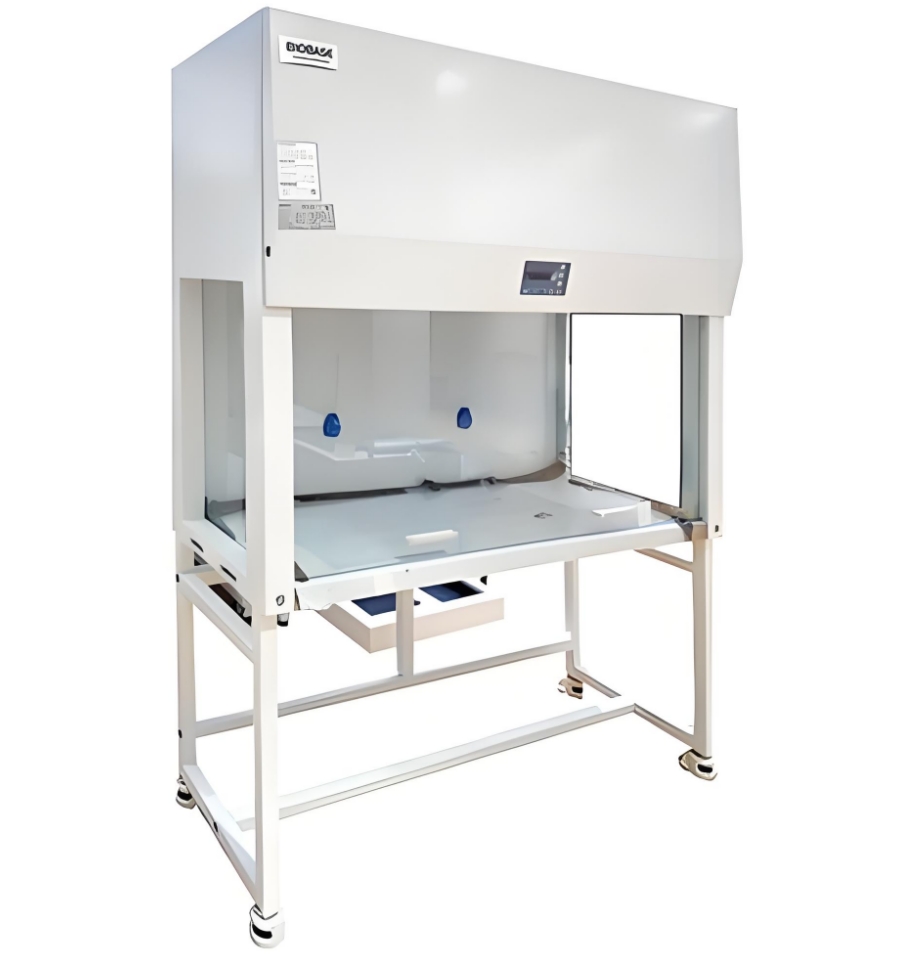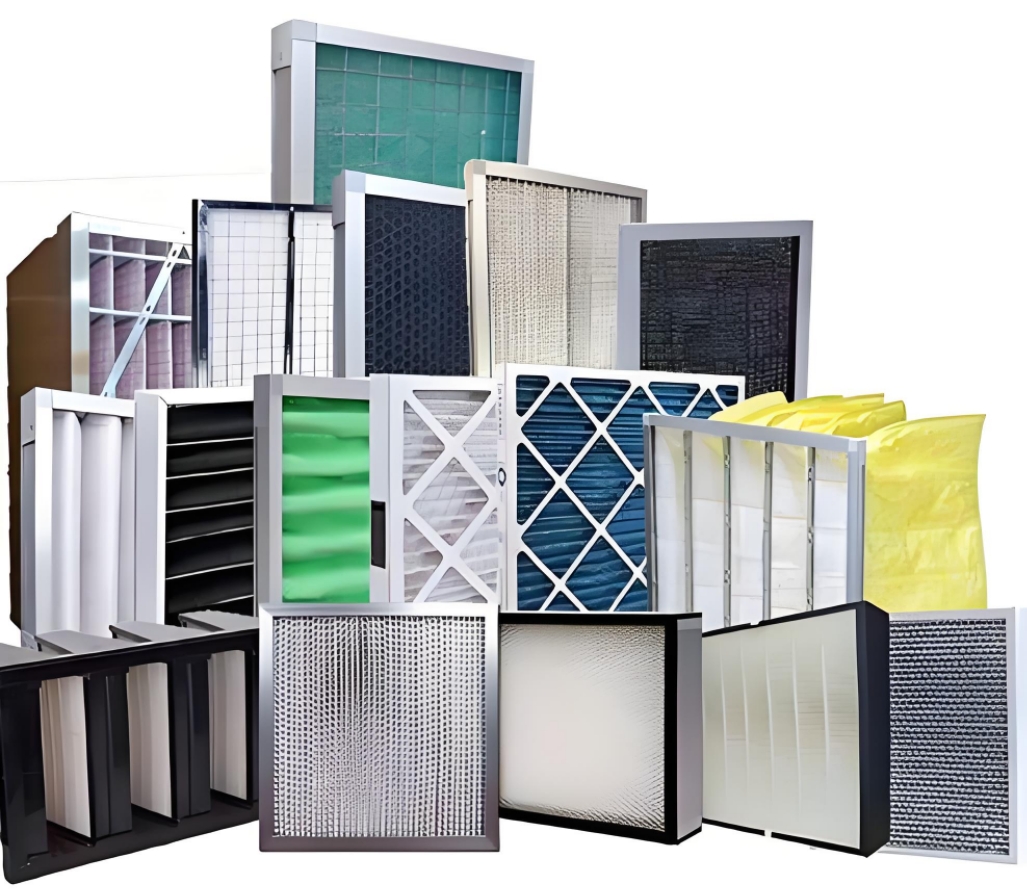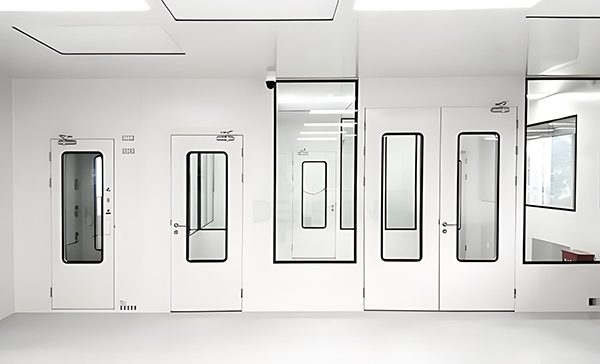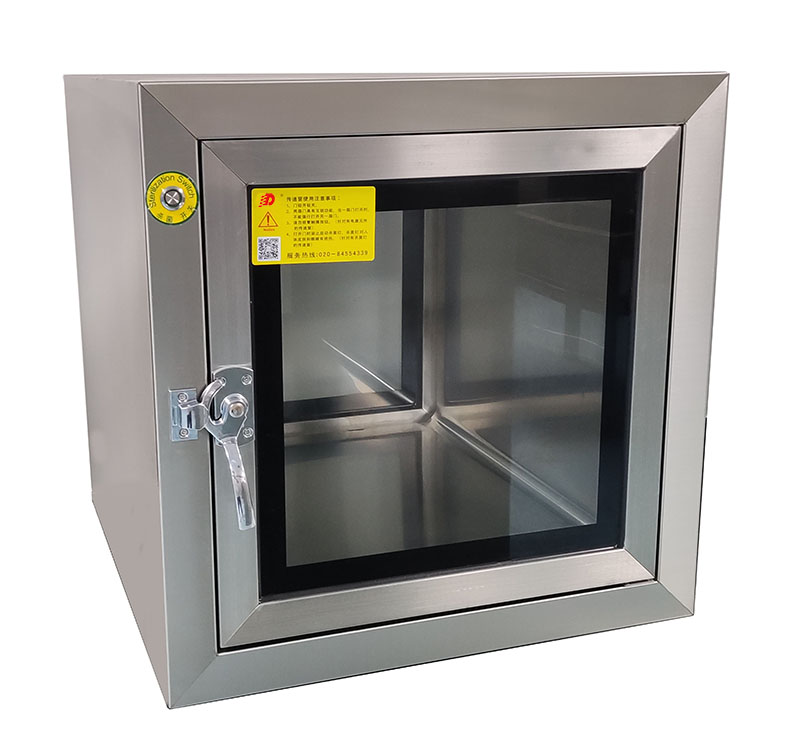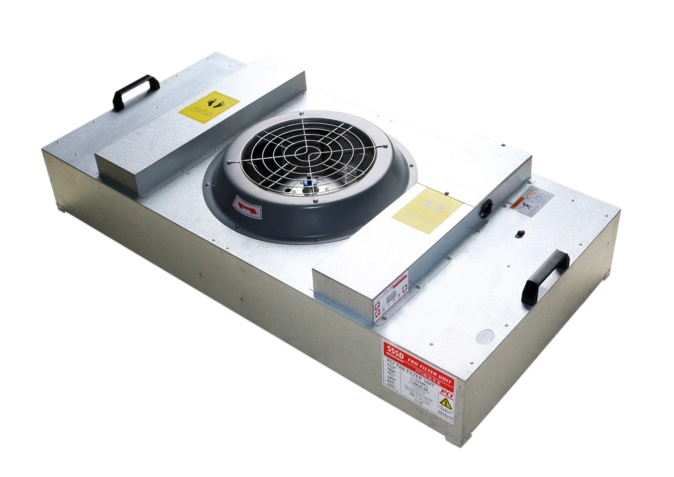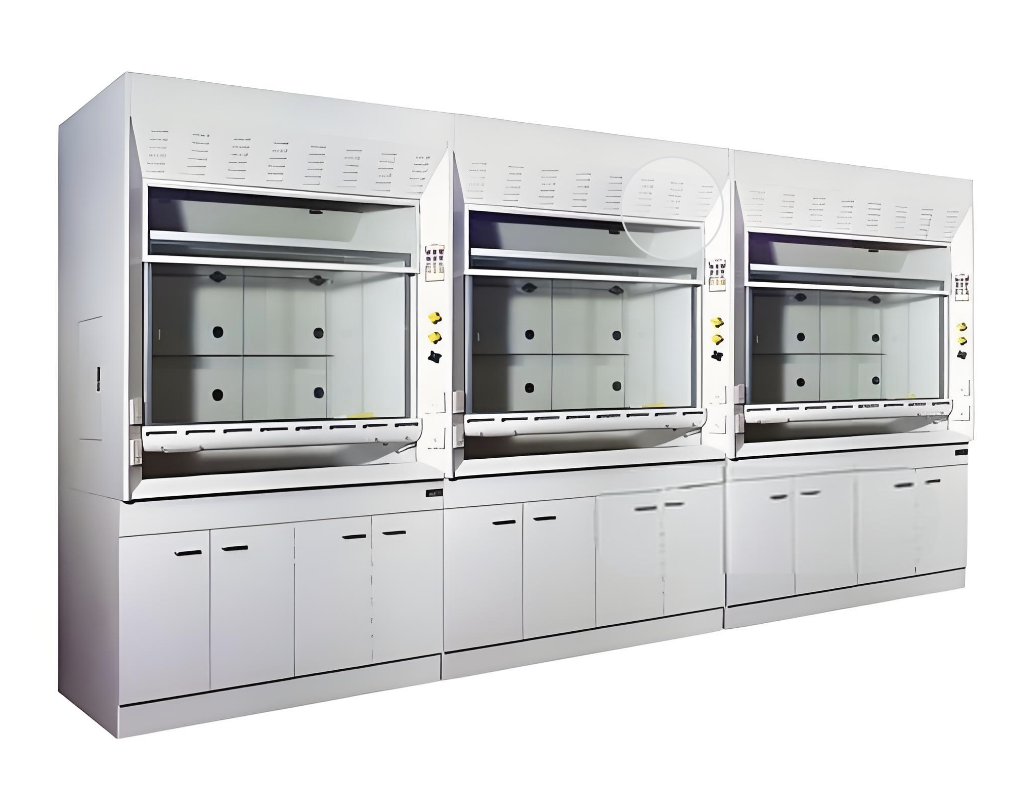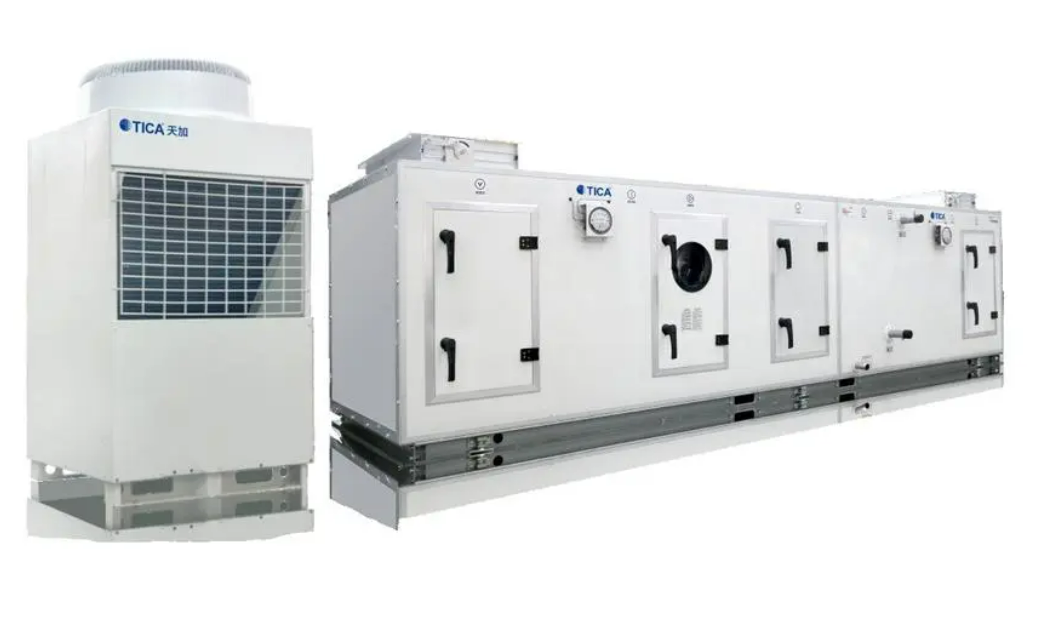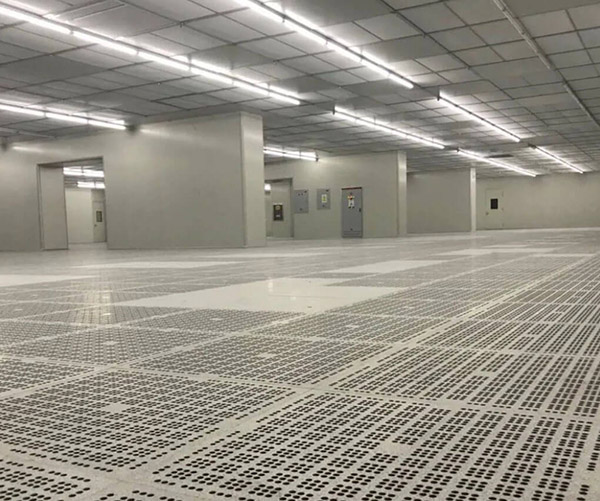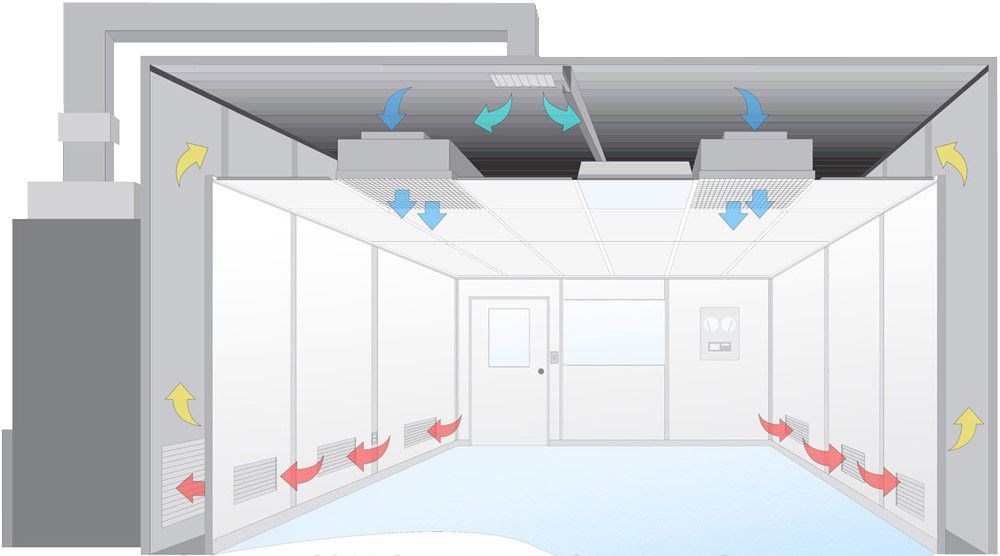1. Introduction to Clean Rooms
Clean rooms are specialized environments designed to control contamination and divtain low levels of pollutants, such as dust, airborne microbes, and chemical vapors. These controlled environments are essential in various industries where even minimal contamination can lead to significant product failures or health risks. According to the International Organization for Standardization (ISO), clean rooms are classified from iso class 1 to ISO9, where ISO1 is the cleanest, allowing fewer than 10 particles of 0.1 micrometers or larger per cubic meter. |
|
| ISO Class | Particle Limit (≥0.1μm/cubic meter) | Cleanliness Level |
|---|---|---|
| ISO 1 | ≤10 | Extremely Clean |
| iso 5 | ≤3,520 | High Cleanliness |
| ISO 9 | ≤352,000,000 | Basic Clean |
The design and operational protocols of clean rooms ensure that they meet strict standards, making them critical in sectors like pharmaceuticals, Electronics, and aerospace.
2. Clean Rooms in Pharmaceutical Manufacturing
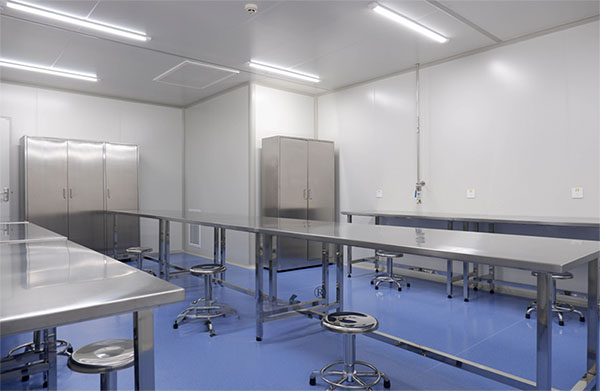
One of the primary uses of clean rooms is in the Pharmaceutical industry. Clean rooms are vital for the production of sterile pharmaceutical products, where contamination can lead to severe health implications for patients.
Regulations such as Good Manufacturing Practices (GMP) require that sterile products are manufactured in environments that meet specific air cleanliness standards. For instance, according to USP
Key Fact: This rigorous standard ensures that medications produced are safe for patient use, thereby safeguarding public health.
3. Clean Rooms in the Semiconductor Industry
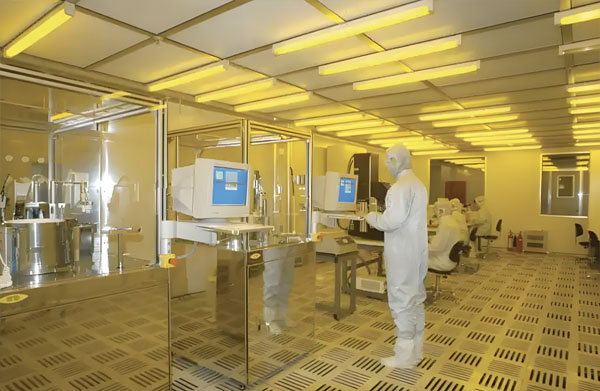 The semiconductor industry is another sector where clean rooms are indispensable. Semiconductor manufacturing processes are incredibly sensitive to contamination, as even a single dust particle can ruin microchips, leading to significant financial losses.
The semiconductor industry is another sector where clean rooms are indispensable. Semiconductor manufacturing processes are incredibly sensitive to contamination, as even a single dust particle can ruin microchips, leading to significant financial losses.
The International Technology Roadmap for Semiconductors (ITRS) indicates that clean rooms need to divtain ISO1 to ISO 5 conditions, depending on the fabrication stage of the chips. For instance, the photolithography process often requires ISO Class 1 or Class 2 environments.
- • These stringent standards help ensure that production yields are maximized
- • Defects are minimized, with reports suggesting that a 1% improvement in yield can result in millions of dollars in profit
4. Clean Rooms in Biotechnology and Research
| In biotechnology and research laboratories, clean rooms are used for a range of applications, including cell culture, genetic experimentation, and the production of biopharmaceuticals. The National Institutes of Health (NIH) emphasizes that clean environments are crucial for conducting experiments that involve live organisms and sensitive biological materials. Clean rooms help prevent contamination that could compromise research results or lead to product failure. |
Standards in Biotechnology
The American National Standards Institute (ANSI) has established standards such as ANSI/ISO/ASQ Q9001, which outlines quality management systems vital for laboratories engaged in biotechnological research. These frameworks ensure that research integrity is divtained, enabling scientists to produce reliable and reproducible results.
5. Clean Rooms in Aerospace and Defense
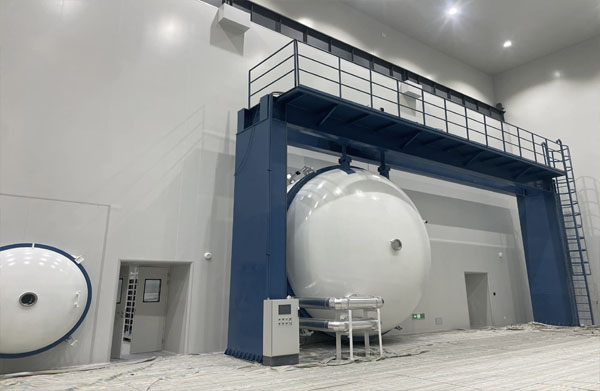
In the aerospace and defense industries, clean rooms are critical for the manufacturing of sensitive components, including satellites and aircraft systems. Contaminants can seriously affect the performance and reliability of aerospace technologies.
The Aerospace Industries Association (AIA) stipulates that components should be manufactured in controlled environments to meet stringent military and aerospace standards. For example, the cleanliness levels for aerospace components often require compliance with standards such as MIL-STD-1622, which outlines the cleanliness requirements for aerospace applications.
By adhering to these regulations, Manufacturers can ensure that their products function correctly under extreme conditions, thereby enhancing safety and reliability.
6. The Broad Applications of Clean Rooms
In conclusion, clean rooms are essential across various industries, including pharmaceuticals, semiconductors, biotechnology, and aerospace.
Each sector relies on clean rooms to ensure product safety, enhance quality, and comply with stringent regulations.
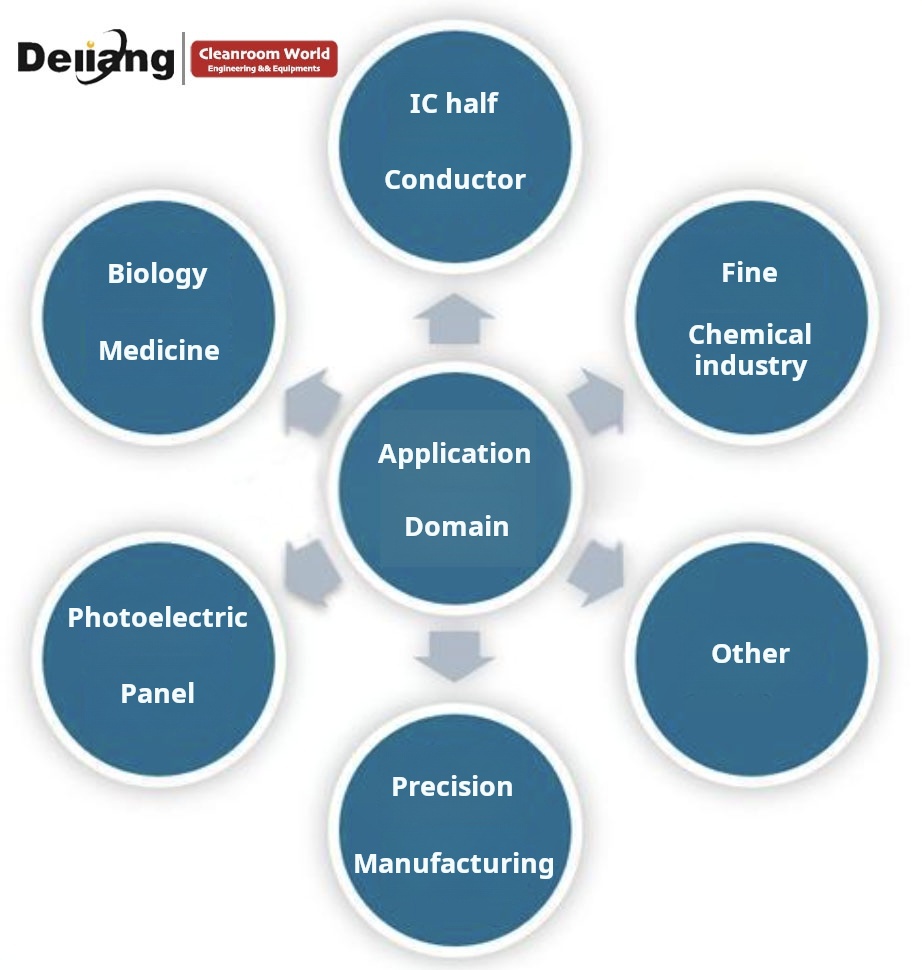
As technology advances and the demand for clean environments increases, the role of clean rooms will continue to expand. Adhering to international standards like ISO 14644 and industry-specific regulations not only helps mitigate contamination risks but also fosters innovation and trust in the products and services provided by these industries.
The significance of clean rooms cannot be overstated, as they are indispensable in divtaining the integrity and safety of products that impact our daily lives.
 +86 18186671616
+86 18186671616 Jason@cleanroomequips.com
Jason@cleanroomequips.com
 MENU
MENU
